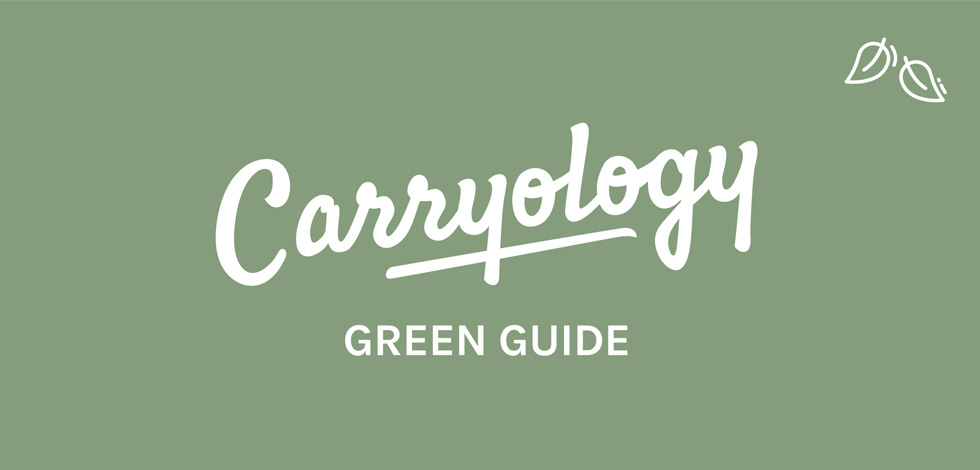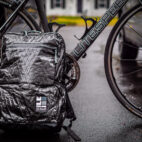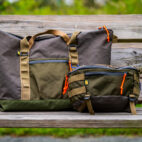Green Guide: Your Sustainable Fashion Glossary
Ever since the world’s scientists rang the alarm on the consumption of fashion and gear being unsustainable, we’ve noticed a steady shift. Google searches for sustainable fashion brands and products are rising. Consumers want better, cleaner options. And the world’s leading brands are piling funds into research and development to prepare their industry for a future where a product’s environmental and social footprint will factor into buying decisions equally or more so than a product’s feature set.
As our carry world reacts to this new paradigm, all levels of the industry are working to evolve in different ways. Whilst the change is positive, it’s also confusing. The size, complexity and speed of new developments make it hard for even people in the industry to keep up with. And now every brand seems to have a new environmental wing – which is awesome! – but with every step forward comes the inevitable confusion and greenwashing that we need to navigate.
Therefore to mark the beginning of the climate decade we thought it was time to take stock of the situation.
In this four-part series, we’ll be tackling what it means to carry sustainably. To begin with, we’ll look at the truth of today’s manufacturing practices and what their impacts are. Then onto how the industry is tackling the problems, from how they measure impacts to how they are addressing them. And finally a practical guide to what you as a consumer can do and what to look for when you’re deciding where to spend your hard-earned, in the hope of being part of the solution.
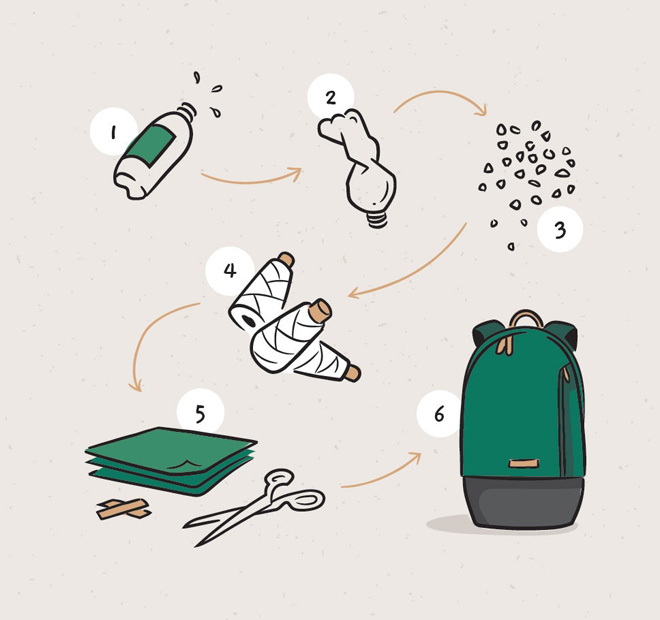
But what exactly are sustainable products?
Asking what makes a product sustainable is a bit like asking what makes a person healthy. It’s a simple notion that gets more confusing the further you dive into it. At its most basic a sustainable product is one that can be sustained by the earth, meaning throughout its life cycle it doesn’t deplete resources or lead to irreparable damage.
When we talk about a product’s life cycle, we’re referring to every aspect of its existence, beginning with gathering the raw materials and ending with its disposal.
The specifics of how to make that lifespan healthy and sustainable is where things get complicated. There are as many different strategies to make a product sustainable as there are opinions on how to lose weight. What’s more, most current sustainability improvements address only one unhealthy aspect of the entire lifespan, not the whole shebang.
For example, when a brand talks of their amazing new sustainable fabric, it could very well be an important new development. But using sustainable fabric is just one element of the entire product life cycle. We have to think about the whole picture, from the waste materials shed in manufacturing, to the packaging the product is wrapped in, to social impacts and working environments of those in the factories.
A truly sustainable product is one that does more good for the world than harm throughout its entire life.
Cutting through the jargon
It’s hard not to notice that green jargon is everywhere. And it can be hard to navigate. Here’s a quick guide to some of the more frequently used terms to help you get up to speed.
Sustainable
Sustainability is one of the more specific terms in the environmental glossary. A report by the World Commission on Environment and Development defined sustainability as “development that meets the needs of the present without compromising the ability of future generations to meet their own needs”. For a product to be fully sustainable it must meet this benchmark environmentally, economically and socially.
Eco-friendly
This is a term that falls into the ambiguous basket along with “green” or “environmental”. All of which are commonly used to promote a product that has some harm reduction qualities. Rules around how these phrases are used changes from country to country. In most cases, companies do have to abide by scientific principles to use the term but when you do see a brand using a vague term it’s worth looking a little deeper at the specifics.
Recycling
Recycling is the process of converting waste into a usable material. Recycled fabrics come from two sources of waste. 1) Pre-consumer waste comes from the factories’ waste streams, this includes things like fabric offcuts. 2) Post-consumer waste is everything we throw away. PET water bottles and old fishing nets are two common examples.
Upcycling
The best form of recycling, when a waste product is turned into a product of higher value. Freitag’s reused truck tarps are a great example of upcycling.
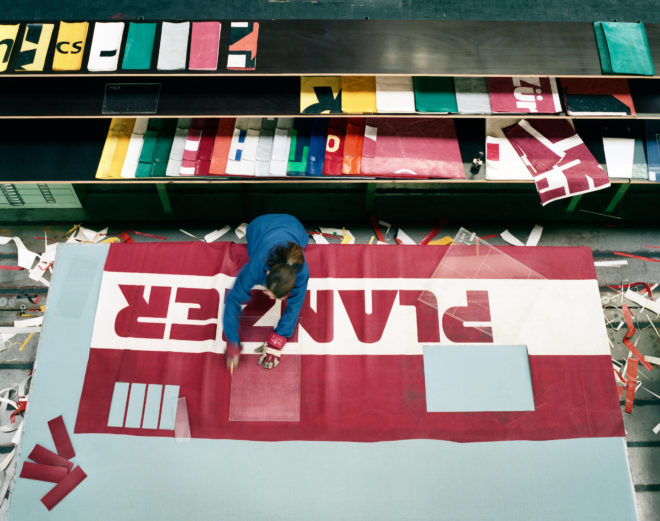
Downcycling
A classic example of downcycling comes from Nike, who take old shoes and break them down to make basketball courts. Using high-value items to make lower-value materials helps extend the life of the material. Downcycling is better than throwing products into landfill, although the downside is that it then makes reusing the material a third time difficult.
Renewable
Like in the case of renewable energy, renewable materials are those that come from non-finite resources. Renewable materials are most often plant-based fibers such as cotton and hemp but also include leather. Now there are also synthetic renewables on the market such as PLA, a corn-based plastic. In either case, renewable materials are sustainable in the sense that they will not run out, however they are not necessarily sustainable in terms of the energy or water used in production.
Regenerative and organic
As with organic food, there are emerging agriculture practices for cotton, wool and natural fibers that have positive impacts. These new methods aim to improve soil quality, sequester carbon and improve water quality. Currently only 1% of the world’s cotton is grown organically.
Biodegradable
You will probably have noticed this term everywhere recently, especially on packaging. In essence, this is any material that will decompose in a natural environment. Defining the term “natural environment” is where the science gets complicated. Some biodegradable materials will only decompose under very specific conditions, not conditions you can recreate in your backyard compost bin.
Fairtrade
The Fairtrade stamp was developed by the Fairtrade organization to show that a material has been grown and traded under fair conditions. A lot of Fairtrade’s emphasis is on social and economic issues for growers in developing countries; however, it does also include environmental issues. In the carry world, Fairtrade is most relevant to cotton products.
Vegan
A vegan product is one that was produced without impacting animals in any way. Leather is the most commonly used animal material to make bags. As many bags contain no animal products, many bags are actually vegan without advertising the fact. Reducing the number of cows on the planet does have a positive environmental impact but the term vegan does not mean a brand is following any other sustainable principles.
Ethical
Although the term “ethical” tends to relate to social issues, it can also include environmental improvements. Most often it means that a brand is adhering to local labor laws.
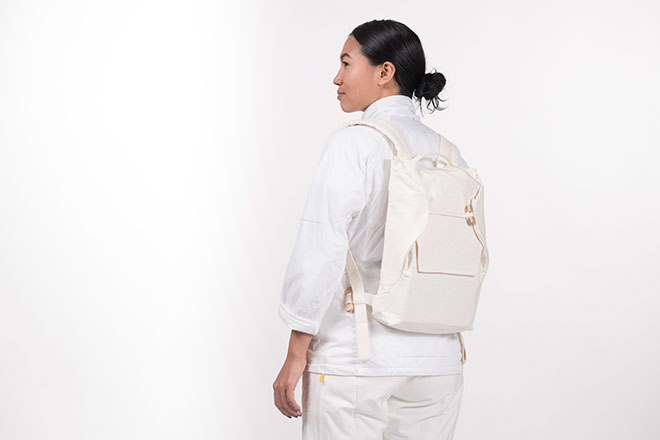
Circular
Also known as the cradle-to-cradle theory, the concept of circularity is so hot right now. The idea is that when a product reaches its end of life it can be broken down and remade with no loss in quality. Or in the case of organic products they meld into the cycle of nature. Either way it’s a system in which a product is not thought of as having a beginning and end of life, but is constantly in a cycle of being made, used and remade.
Check out the Spinnova X Bergans project as a fine example of this.
Transparency
This is the practice of publicly sharing the details of a product’s supply chain. Whilst not directly associated with the environment, it helps keep everything above board.
Carbon Neutral
A carbon neutral product creates no net carbon emissions through its production. This is achieved by first calculating the emissions for the entire product life cycle and then paying to offset those emissions through a carbon offset program, which might include things like investing in planting trees or cleaning oceans. Peak Design and Biolite’s Climate Neutral initiative is a fine example of this in the carry industry.
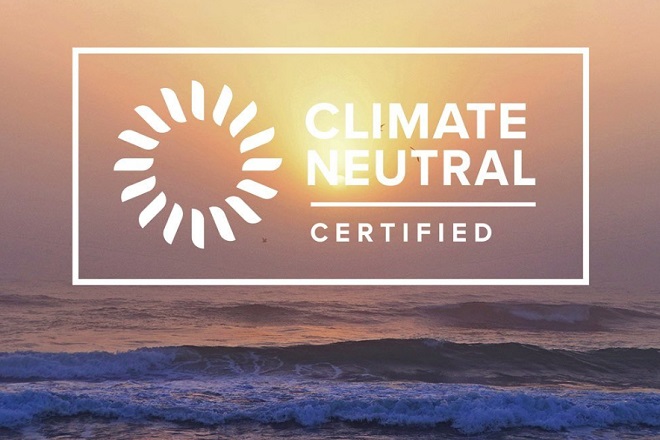
Hang out for Part 2 later this week, where we chronicle the entire life cycle of a fully produced backpack designed by myself and my team at Soft Serve Studio.





 Carry Awards
Carry Awards Insights
Insights Liking
Liking Projects
Projects Interviews
Interviews
